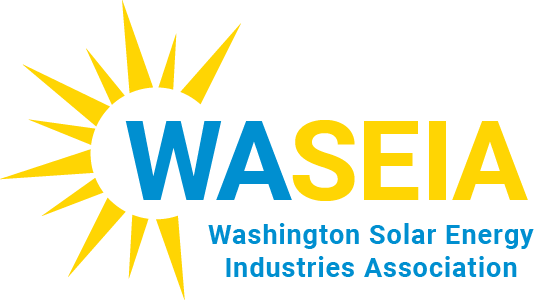Clean energy jobs in the United States are growing at a faster rate than jobs in the rest of the economy, a growth rate likely spurred by geopolitical factors, state and local climate policies, and federal funding—notably the CHIPS and Science Act, the Bipartisan Infrastructure Law (BIL), and the Inflation Reduction Act (IRA), which are making clean energy technologies more economically feasible.
This analysis offers insights into Northwest clean energy employment as the region aims to achieve net-zero emissions by 2050, with a focus on the next seven years through 2030. The job numbers in the following bullets include direct, indirect, and induced jobs. See Energy Subsector Descriptions and Example Jobs for more detail about each sector and subsectors. The following key themes emerged:
- The Electricity sector supports a 43% job growth (nearly 44,400 jobs) between 2021 and 2030, driven by increases in Land-based Wind, Transmission, Distribution, and Solar.
- Despite job displacement in fossil fuel subsectors, the Fuels sector supports a 19% net increase (nearly 7,400 jobs) between 2021 and 2030. Hydrogen drives this growth, adding more than 11,000 jobs, while Biofuels adds more than 1,400.
- Between 2021 and 2030, the Buildings sector supports a 22% employment increase (over 32,500 jobs), driven largely by Commercial HVAC and Residential Shell jobs. In fact, all Buildings subsectors are projected to grow as energy efficiency and building electrification and decarbonization efforts ramp up.
- Employment supported by the Transportation sector increases by about 1% (approximately 2,000 net jobs) between 2021 and 2030, reflecting decreases in employment in Conventional Fueling Stations and, to a lesser extent, Vehicle Manufacturing, along with net growth in Vehicle Maintenance, Wholesale Trade Parts, and Charging Stations.
- For all sectors, it will be critical to promote strategies such as labor union pathways, prevailing wage requirements, apprenticeships, and project labor agreements to ensure job quality is a priority in the transition to a clean energy economy. Read More


